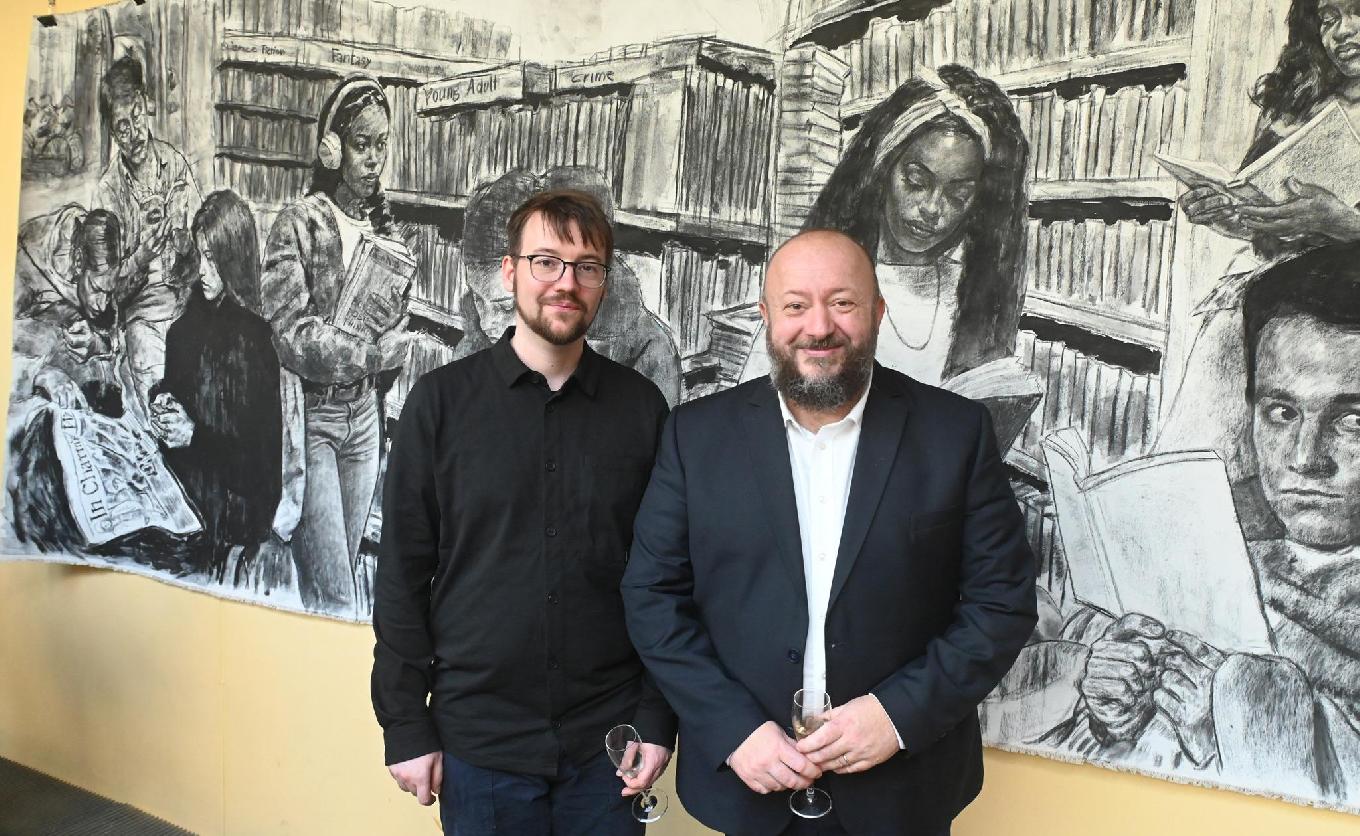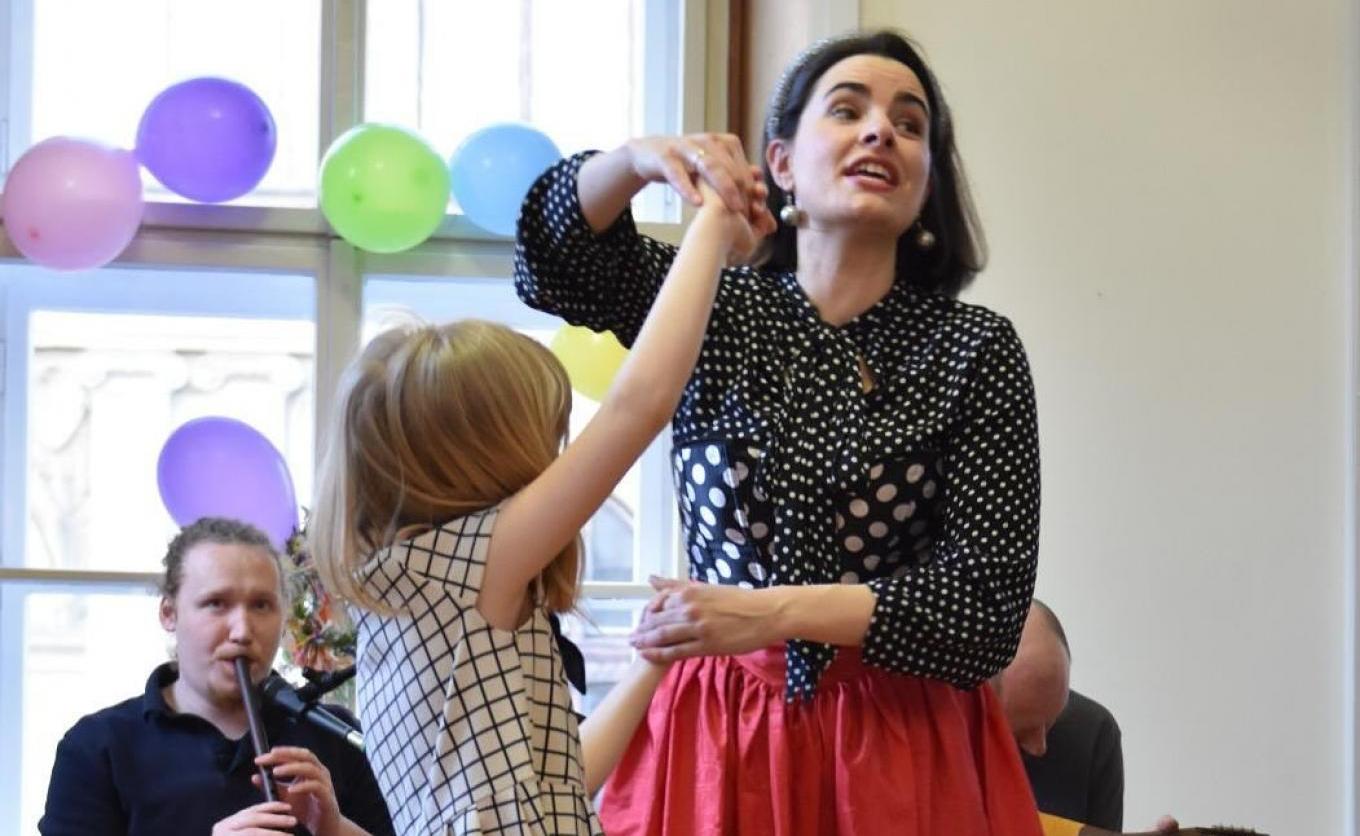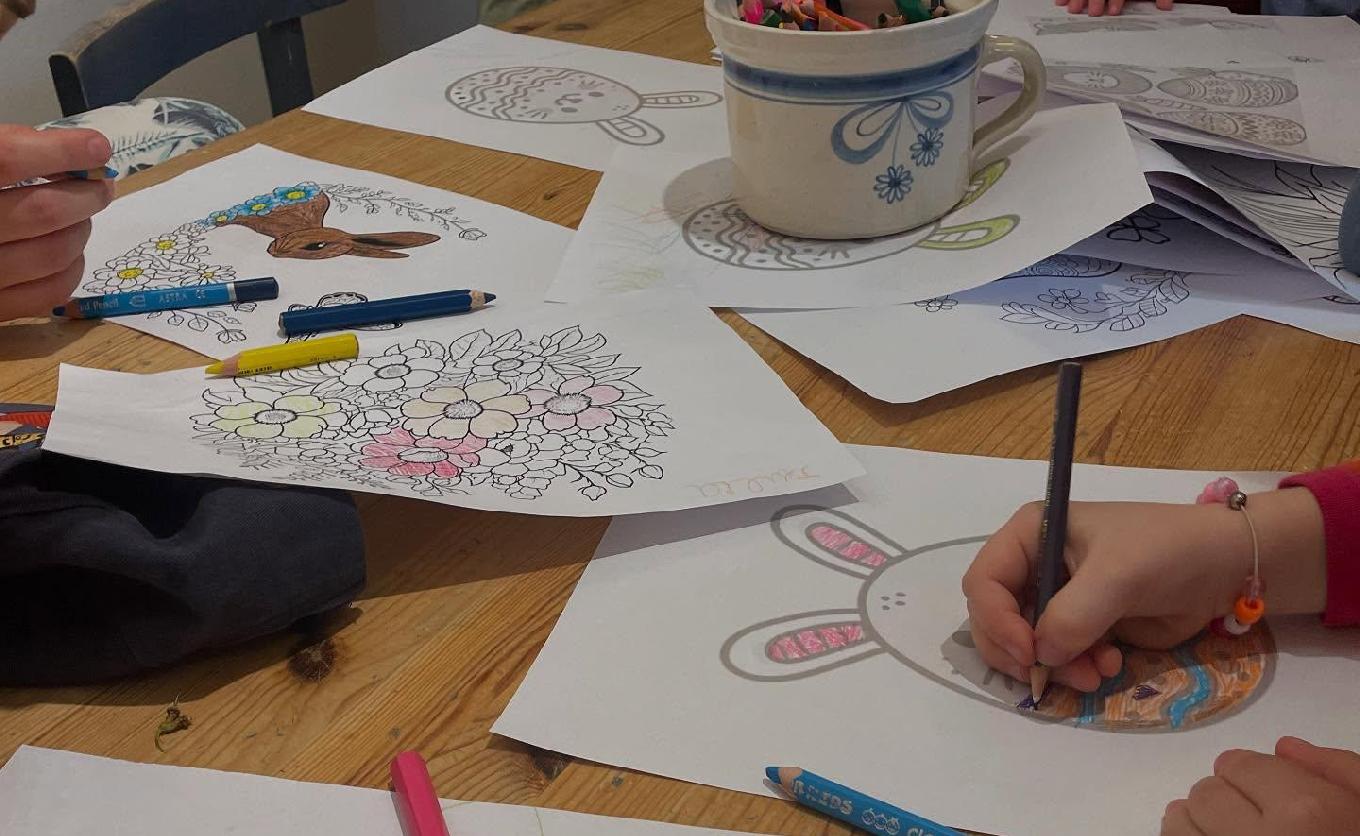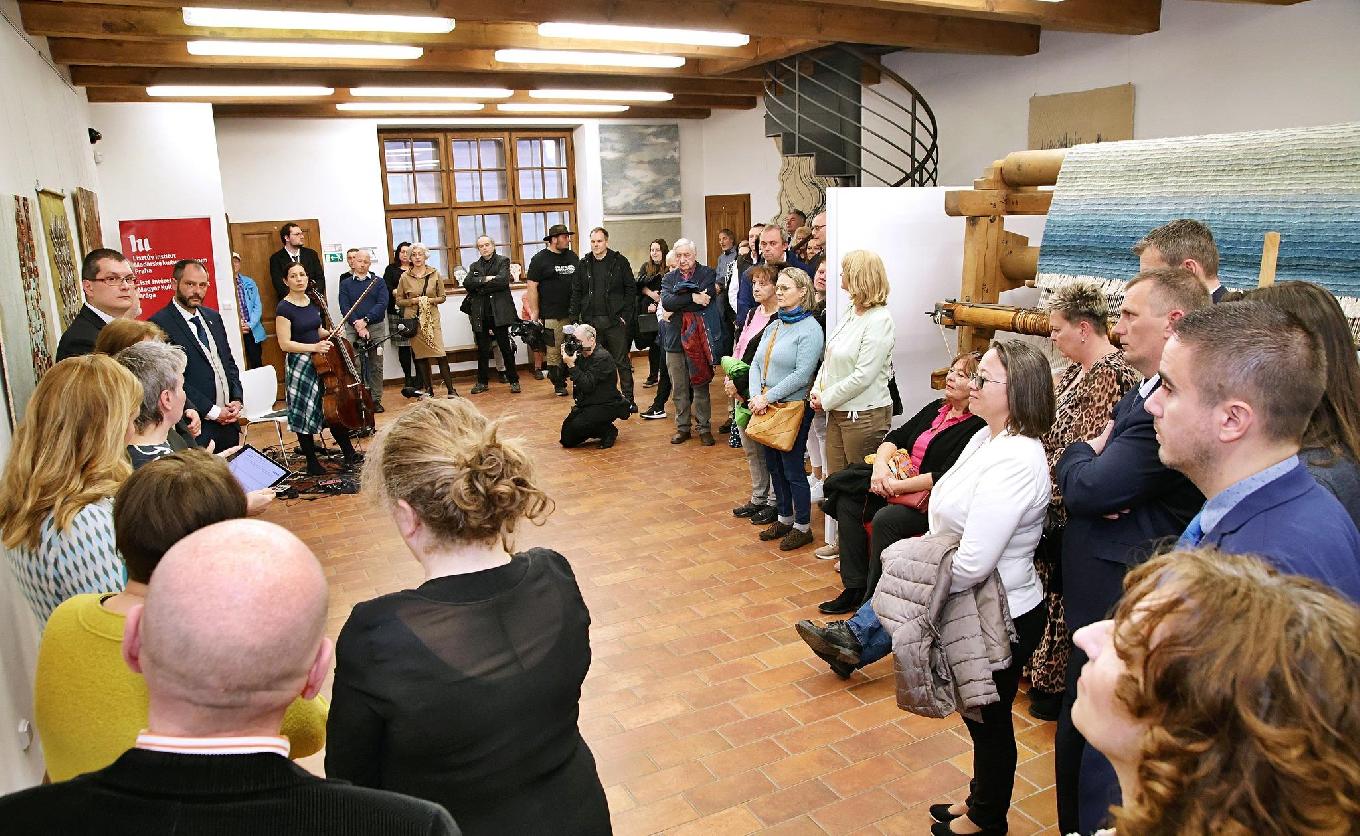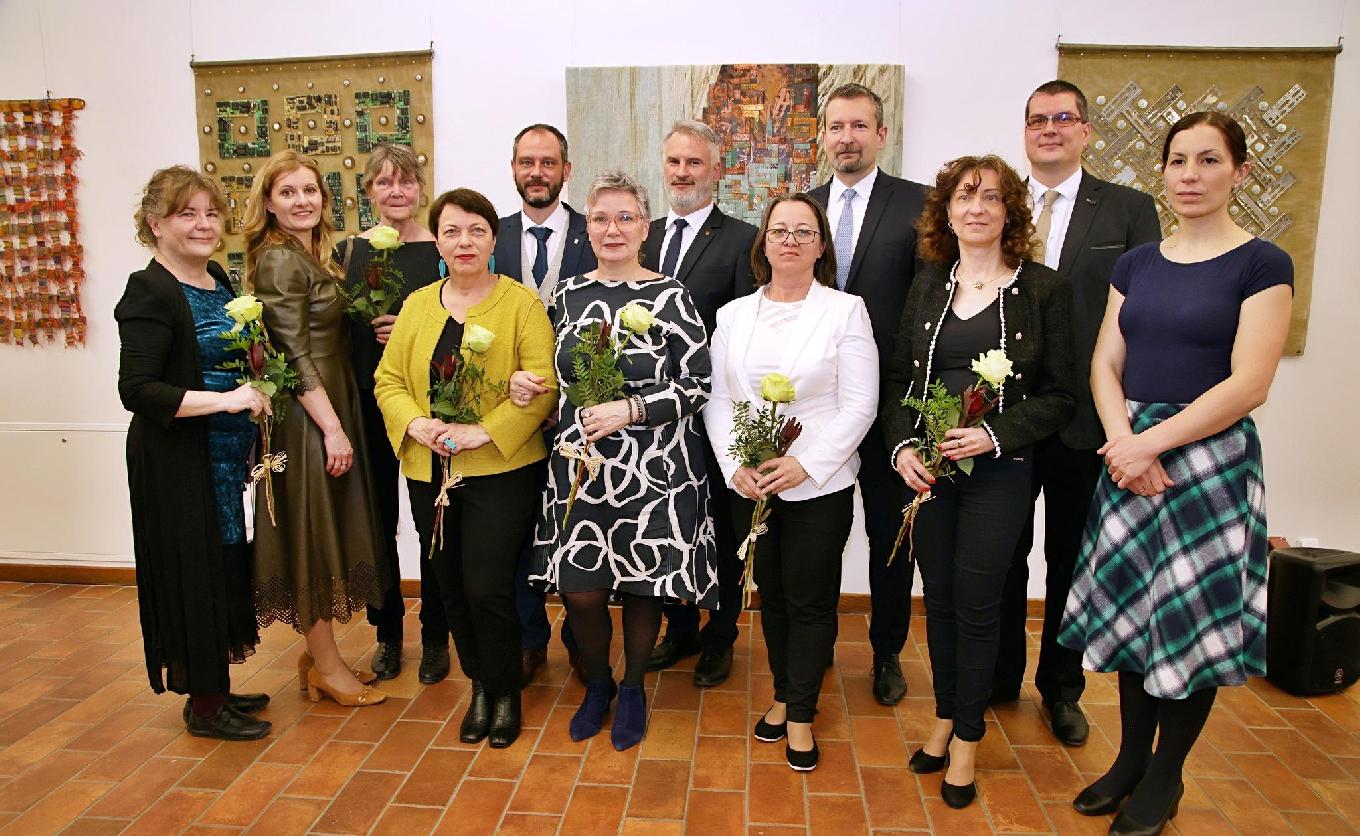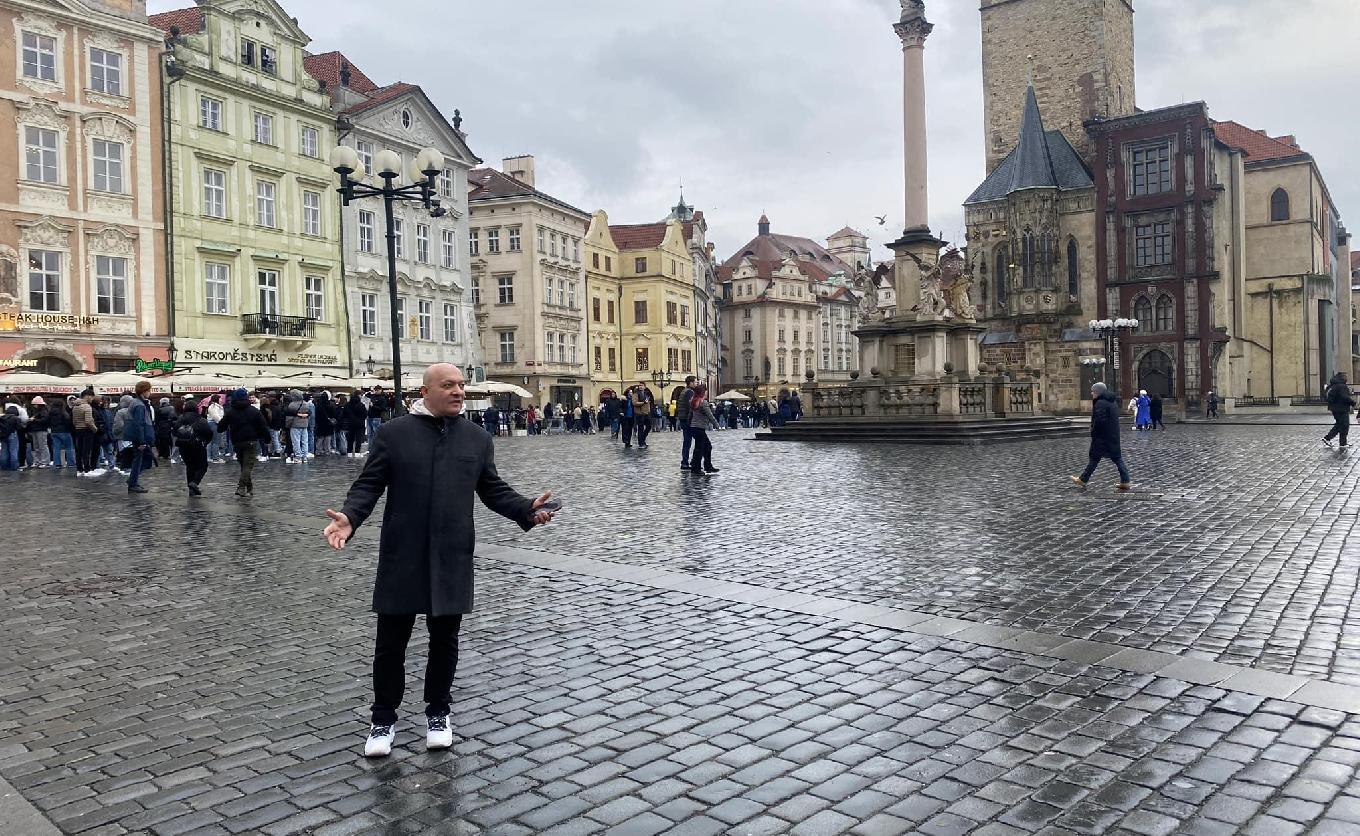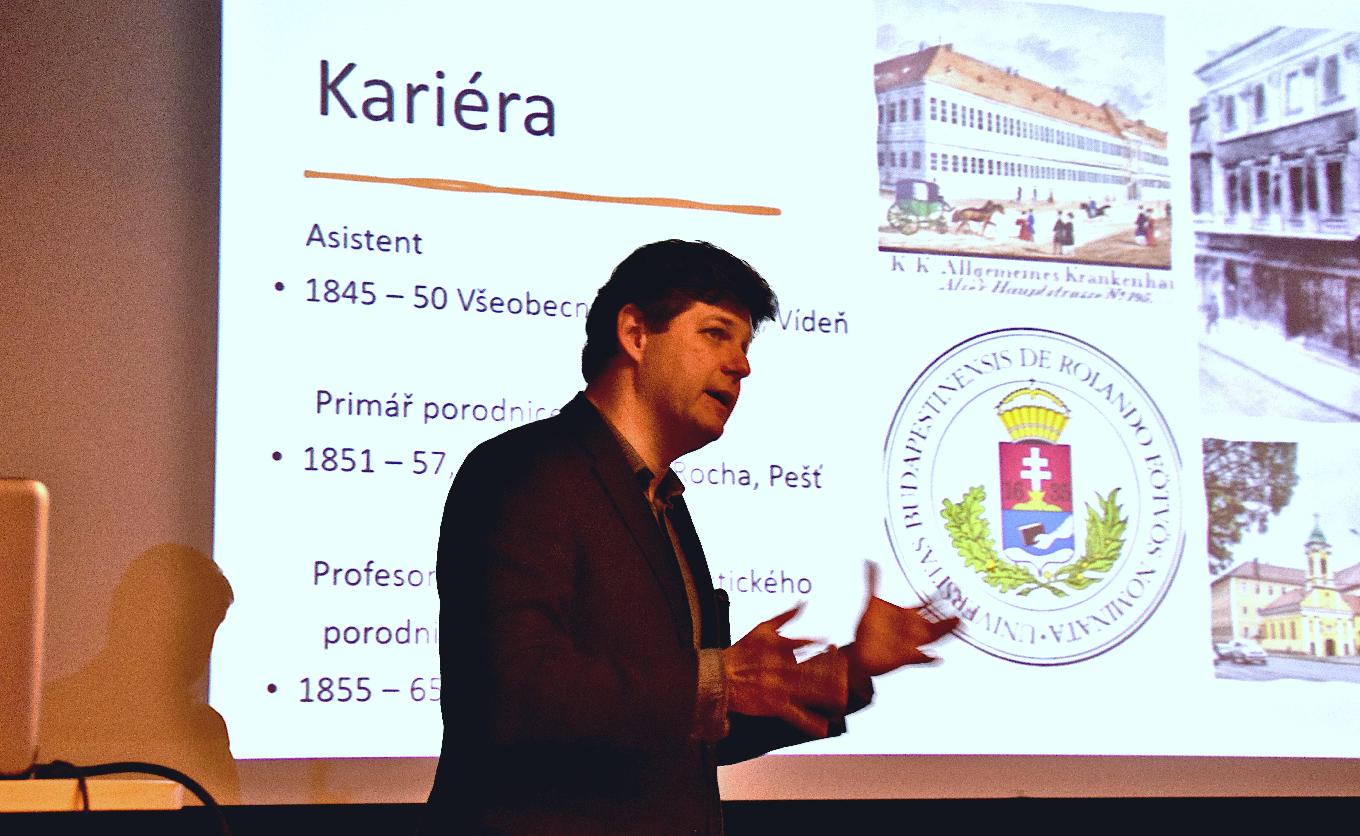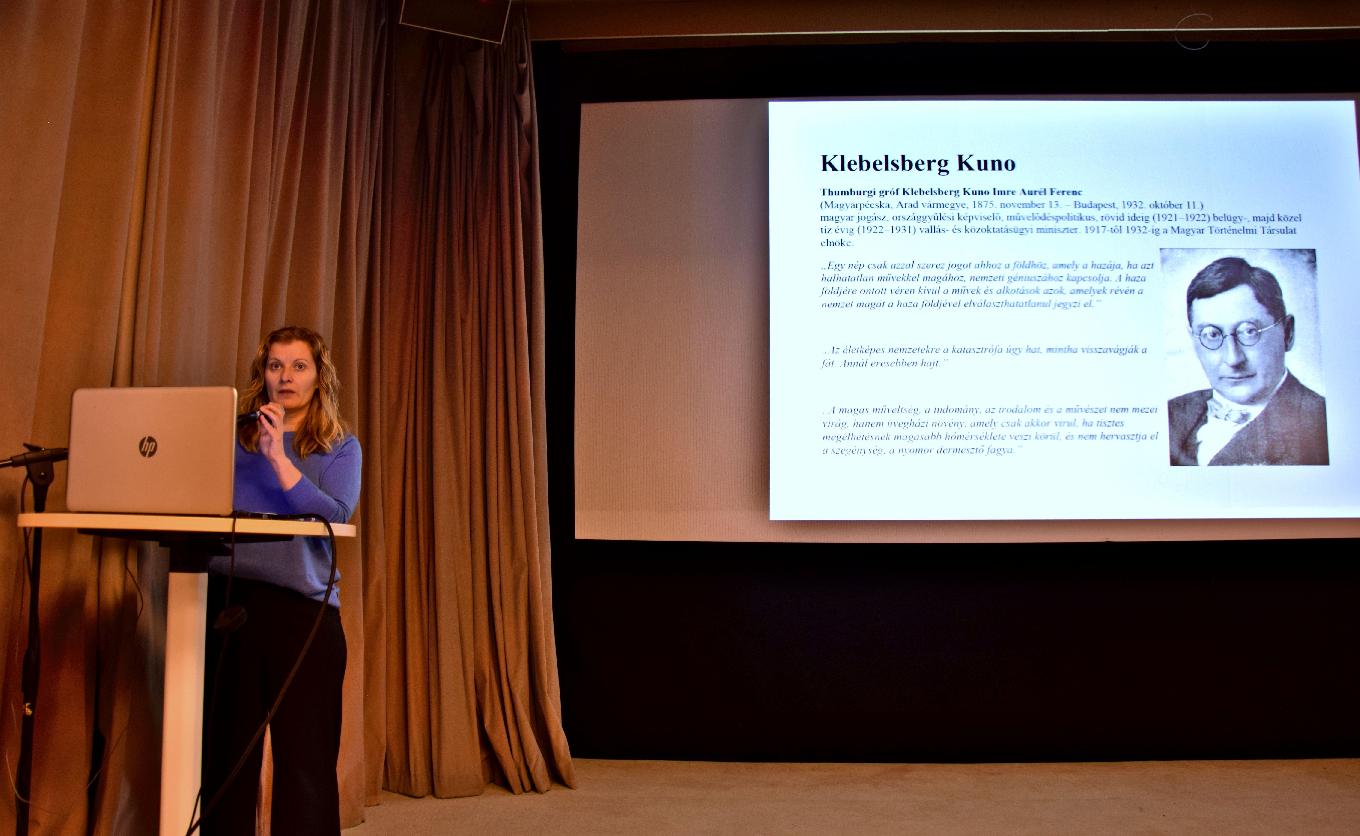
Colorful Spring Program Lineup in Prague
In the spring of 2025, the Liszt Institute in Prague once again welcomed the public with a wide range of engaging cultural programs, showcasing the many faces of Hungarian culture in the heart of the Czech Republic. A film screening of Semmelweis was jointly organized with the Hungarian Medical and Scientific Society in the Czech Republic, while the film Black Spot successfully represented Hungary during the European Film Days held in several Czech cities. Children studying at the Institute participated in an interactive Hungarian language class, and the younger generation was also welcomed with a festive Easter event. Art enthusiasts were not left out either, as textile and drawing exhibitions awaited them in Prague.
On March 6, members of the Hungarian Medical and Scientific Society (CMOT) in the Czech Republic gathered for a screening held at the Institute, where they watched the acclaimed film Semmelweis together. This was the first in-person event of the organization uniting scientific and medical professionals living in the Czech Republic since the outbreak of the COVID pandemic. The screening was preceded by a brief lecture by physicist Krisztián Mátis, professor at Charles University in Prague. The director of the Institute also commemorated the Klebelsberg Kuno Memorial Year.
From April 3 to 16, the 32nd European Film Days took place in several Czech cities, once again showcasing exclusively contemporary European films—works that otherwise would not typically be shown in local cinemas. Thanks to the wide variety of films presented, the event offered an enjoyable experience for viewers of all ages. Hungary was represented at this renowned festival by Bálint Szimler’s internationally acclaimed film Black Spot.
On March 13, children learning Hungarian at the Institute participated in an interactive and cheerful session led by author Edina Tallér and her husband, Csaba Gerner, an actor at the Jókai Theater in Békéscsaba. During the session, the author introduced the children to the basics of storytelling. She demonstrated how an exciting story can be created in moments, which the enthusiastic students immediately tried for themselves. Their shared tale was built sentence by sentence, with each student adding to the previous line. Encouraged by their enthusiasm, the story writing continued the following week.
On March 28, a true spring atmosphere filled the Institute as children and their families were welcomed with Easter-themed celebrations. The vibrant event featured arts and crafts, face painting, singing, dancing, and a variety of playful activities that provided joyful entertainment. The afternoon’s cheerful atmosphere was crowned by a musical performance from Eszterhéj, an arts education project. On this occasion, graphic artist Réka Jánosi also presented her three-part Easter-themed coloring book series Hello Spring!
A contemporary Hungarian textile art exhibition titled Okna – Window opened on April 5 in Prague, jointly organized by the Liszt Institute, the Dům gobelínů center, and the municipal office of Jindřichův Hradec. The exhibition is designed to feel like peering through a window into a house—showing just a small part of the interior, which nonetheless reveals much about the people who live there. On view until October 31, the exhibition showcases the works of five contemporary artists: Emese Csókás, Judit Gulyás, Katalin Kiss, Anna Regős, and Szilvia Vereczkey.
On April 8, another exhibition opened with the support of the Liszt Institute: drawings by Péter Donka, a visual artist born in Debrecen. Some of the exhibited works were inspired by his time spent studying in Brno, Czech Republic. Donka frequently combines elements of drawing and painting in his art, using mixed techniques and a distinctive, bold visual language. The exhibition, which was open until April 22, served as a cultural tribute to the active sister-city relationship between Debrecen and Brno.

